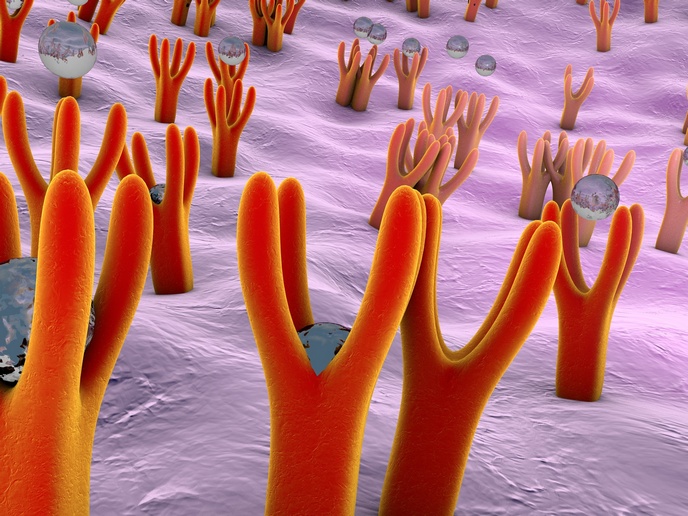Evolving from a single cell to the multicellular
Division of labour is evolution's answer to complexity with efficiency in the organism. A single-celled organism has to do all its functions in one cell. At a more complex multicellular level however, there have to be different cells to do the various jobs. The human body has more than 100 trillion cells! At the same time, there must be communication between cells and signal molecules such as the tyrosine kinases (TKs) that cause changes in target cells. Comparing the genes of multicellular animals, metazoans, with ancestral unicellular forms may well reveal the genetic mechanisms behind this evolutionary coup. The 'Molecular mechanisms for the evolution of multicellularity in animals' (MMEMA) project studied gene families that steer multicellular functions. Overall, MMEMA were able to compare the relevant gene functions before and after the multicellular state evolved. Sphaeroforma arctica (S. arctica) and Capsaspora owczarzaki (C. owczarzaki) were the two marine unicellular organisms, protists, chosen as they are closely related to modern metazoans. The approach was to study genomic differences between the colonial and unicellular forms of these protists to identify genes responsible for forming the colony. In a colony, some cells actually differ from each other and are slightly differentiated. There are also specialised reproductive cells within the colony. MMEMA scientists analysed the whole genome of C. owczarzki and isolated more than 100 TKs. Together with analysis of other established genomes from other research, they concluded that cytoplasmic TKs had been established well before multicellularity. Receptor TKs that play a major role in cell differentiation and migration, however, had independently diversified in each metazoan. project researchers were also able to film the transformation of a close relative of C. owczarzaki, C. fragrantissima, using DNA constructs. Time lapse photography recorded synchronised nuclear division in a structure called a syncytium. This functions as a single coordinated unit composed of multiple cells linked structurally and functionally. MMEMA research successfully created a basis for investigation of the role of genetic function in evolutionary progress. The elucidation of the function of these critical genes will hopefully be able to shed light on cell differentiation and its malfunction leading to diseases like cancer.







